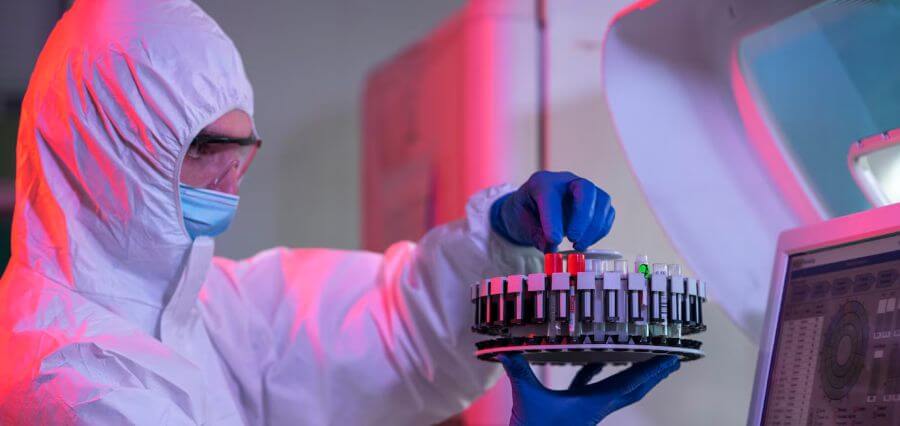Plasma technology is turning heads with its revolutionary approach to product development. It’s not just about futuristic appeal; this advanced method brings cutting-edge precision and unmatched efficiency to the table.
Plasma is redefining the standards of quality and performance, from enhancing the durability of materials to improving manufacturing processes. In fact, as industries from manufacturing to biomedicine seek more sophisticated solutions, plasma stands out as a key player.
That said, this article will explore how this technology drives revolutionary efficiency in product development, showcasing its diverse applications and fundamental impact on modern innovation. Let’s begin!
Transforming Material Science
The introduction of plasma has been a game-changer in material science. It tweaks surfaces to withstand intense conditions, enhancing their lifespan and functionality. Products or items created this way are tougher and lighter—a big win for any industry where durability and efficiency are key.
Moreover, by integrating this technology, researchers and developers can enhance material properties such as hardness, resistance to wear, and even thermal stability. This improves the quality of the materials and expands their potential applications in various fields requiring high-performance materials.
The ability to fine-tune material characteristics at the molecular level marks a significant stride in developing more sophisticated and resilient materials.
Optimizing Manufacturing Processes
This technology streamlines how we manufacture products. It combines multiple treatment steps into one, saving time and reducing costs. By using a portable plasma cutter, manufacturers can precisely cut materials faster than traditional methods. It enhances workflow and production speed.
The cutter works by propelling a gas—like nitrogen, oxygen, argon, or even air—through a tight nozzle. An external power source then energizes this gas flow, ionizing it to form a plasma arc, a process known as plasma arc cutting.
This efficiency is crucial in keeping production lines moving swiftly and reducing bottlenecks. Furthermore, the energy used is much lower, making the whole process more sustainable. The shift to this technology in manufacturing factories boosts output and improves the final product’s quality, ensuring it meets modern demands for precision and reliability.
Breakthrough in Biomedical
This technology is transforming the field of biomedical engineering by enabling safer, more efficient sterilization processes and enhancing the functionality of medical devices.
It provides a way to sterilize equipment thoroughly and quickly, reducing the risk of infection and increasing turnaround times in medical settings. Additionally, this method is used to modify the surfaces of medical implants. This improves their compatibility with human tissue and promotes better integration and longevity.
These advancements are crucial for medical procedures, offering improved outcomes and greater patient safety. All in all, we can say that this technology’s role in healthcare shows its versatility and potential across various applications, ensuring cleaner, more effective treatments.
Driving Environmental Sustainability
Last but not least, plasma solutions are reshaping how we approach environmental sustainability in product development. It enables processes that use less energy and produce fewer waste materials.
By using this technique, manufacturers can treat surfaces without harsh chemicals, reducing harmful emissions and enhancing workplace safety. This shift not only benefits the environment but also improves cost-efficiency for companies.
Not to mention, adopting such eco-friendly practices helps businesses meet stricter regulatory standards and appeal to a growing base of environmentally conscious consumers. This innovative approach represents a significant step forward in making industrial processes cleaner and more sustainable for future generations.
The Key Benefits of Plasma Technology in Product Development
You’ve now seen how plasma technology is revolutionizing various industries with its versatile applications. Let’s delve deeper into some specific advantages that make it especially valuable in product development:
- Customizability: Allows for precise customization of material properties to meet specific needs, such as altering hardness or flexibility.
- Surface Functionality: Enhances surface properties, including making materials hydrophobic or improving paint adhesion, which can extend product life and functionality.
- Energy Efficiency: It operates at lower temperatures compared to traditional methods, saving significant amounts of energy and reducing operational costs.
- Rapid Processing: Speeds up the production cycle by reducing the time needed for processes like cleaning and preparation.
- Minimal Thermal Impact: Minimizes heat exposure, preserving the integrity of temperature-sensitive materials during processing.
To Sum It All Up
As we’ve explored, plasma systems are not just enhancing current manufacturing landscapes. Instead, they’re paving the way for future innovations. More specifically, with their ability to refine product qualities and operational efficiencies, they promise to be a cornerstone of technological advancement.
In a nutshell, embracing plasma technology means stepping into a future where efficiency and sustainability are seamlessly integrated. It ensures a competitive edge in the rapidly evolving world of product development.














